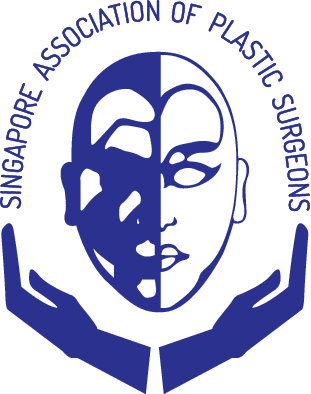BREAST REDUCTION
Dr Chia Hui Ling
Macromastia is disproportionately large and heavy breasts on an otherwise average size patient. Women often seek breast reduction surgery due psychological reasons, physical reasons, or both. Breast reduction, also known as reduction mammoplasty, removes excess breast tissues. The surgery also lifts the breasts and nipples, improves the shape of the breast and reduce the size of enlarged areolae at the same time. Your plastic surgeon may offer the additional option of liposuction
to contour the sides of your breasts.
SCARS
The scars of breast reduction surgery are periareolar, placed around the areolae and vertical, extending from the periareolar scar vertically down to the crease under the breast (inframammary fold). These scars are sometimes referred to the "lollipop" scar. Often, there will also be a scar along the inframammary fold. This is known as the "inverted T" scar.

TREATMENT
Have a thorough discussion with your plastic surgeon, including your surgical goals, medical conditions, drug allergies, medications and previous surgeries. Expected outcomes, such as breast size, scar length and position, risks and other treatment options should be explained to you.
COMPLICATIONS AND MANAGEMENT
Risks of Reduction Mammoplasty include:
- Bleeding
- Infection
- Poor wound healing
- Nipple numbness
- Nipple necrosis
- Breast lumpiness
- Unsatisfactory results, such as asymmetry or poor shape
- Unfavorable scarring
- Need for revision surgery
